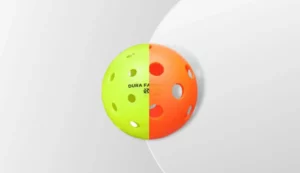Did you know that they make specific pickleballs for playing indoor versus outdoor pickleball? The difference between indoor and outdoor pickleballs mainly comes down to construction, weight, durability, and hole pattern—each optimized for the environment in which they’re used.
Here’s a detailed breakdown:
🏠 Indoor Pickleballs
-
Hole Pattern: Fewer, larger holes (usually around 26)
-
Material: Softer plastic
-
Weight: Lighter (typically 0.8 oz)
-
Bounce: Slightly higher and less consistent due to softer material
-
Durability: Less durable than outdoor balls
-
Noise: Quieter when hit
-
Control: Easier to control, more forgiving for finesse shots
-
Typical Use: Smooth, hardwood gym floors
✅ Best for: Controlled environments without wind
🌤️ Outdoor Pickleballs
-
Hole Pattern: More, smaller holes (typically 40)
-
Material: Harder plastic
-
Weight: Heavier (around 0.9 oz)
-
Bounce: Lower but more consistent
-
Durability: More durable to handle rougher surfaces and elements
-
Noise: Louder (due to harder material and firmer strikes)
-
Control: Less spin and control, more power-oriented
-
Typical Use: Pavement, asphalt, or concrete courts
✅ Best for: Windy or uneven conditions where weight and predictability matter
Funnily enough, as a dedicated indoor pickleball facility, 24/7 DINK sells outdoor pickleballs in our Pro Shop vending machine. People tend to prefer the outdoor pickleballs even for indoor play due to their durability and ability to provide a consistent bounce. We sell Dura Fast-40 outdoor pickleballs, Franklin X-40 outdoor pickleballs, and Vulcan VPro Flight outdoor pickleballs.


